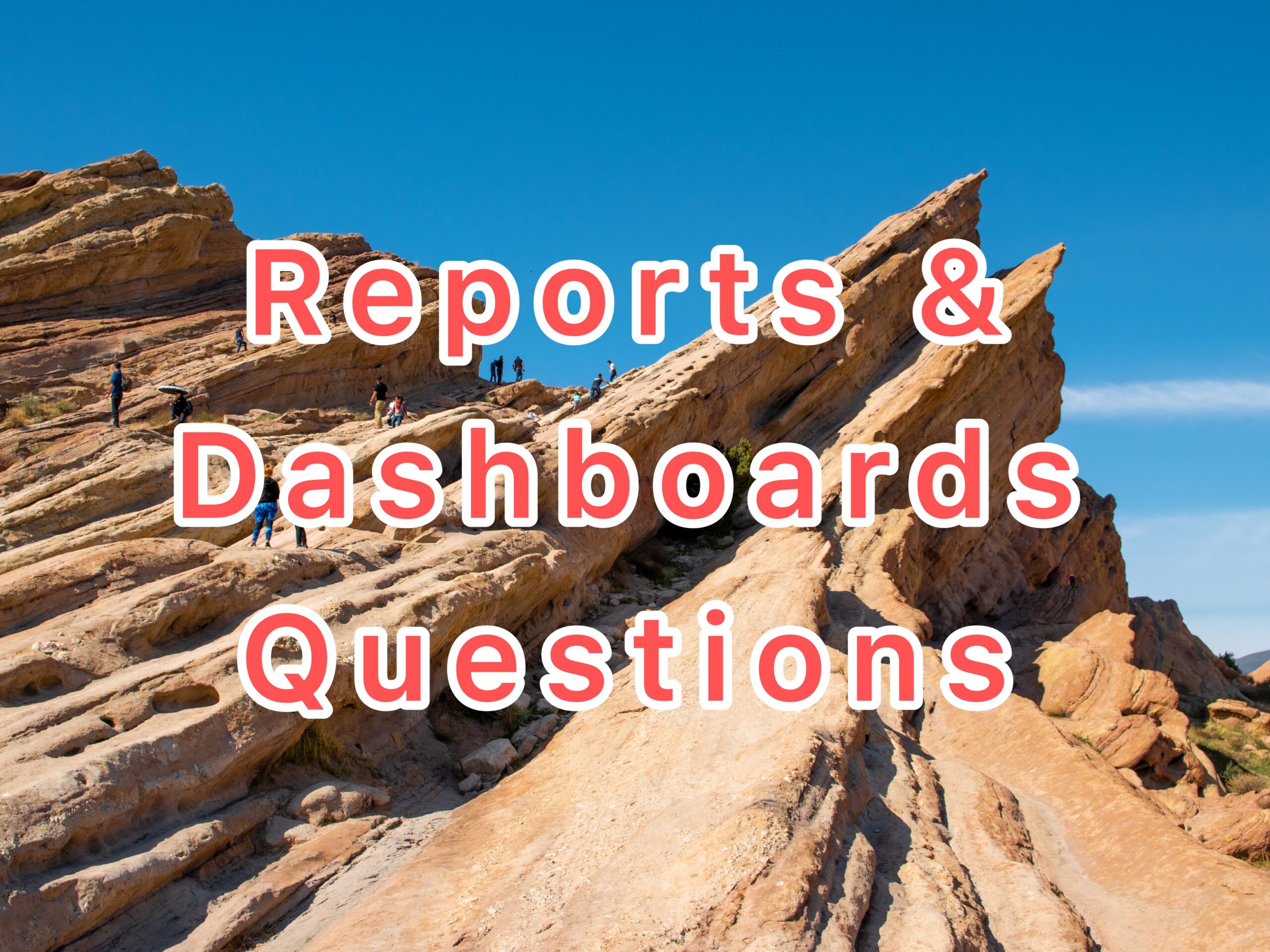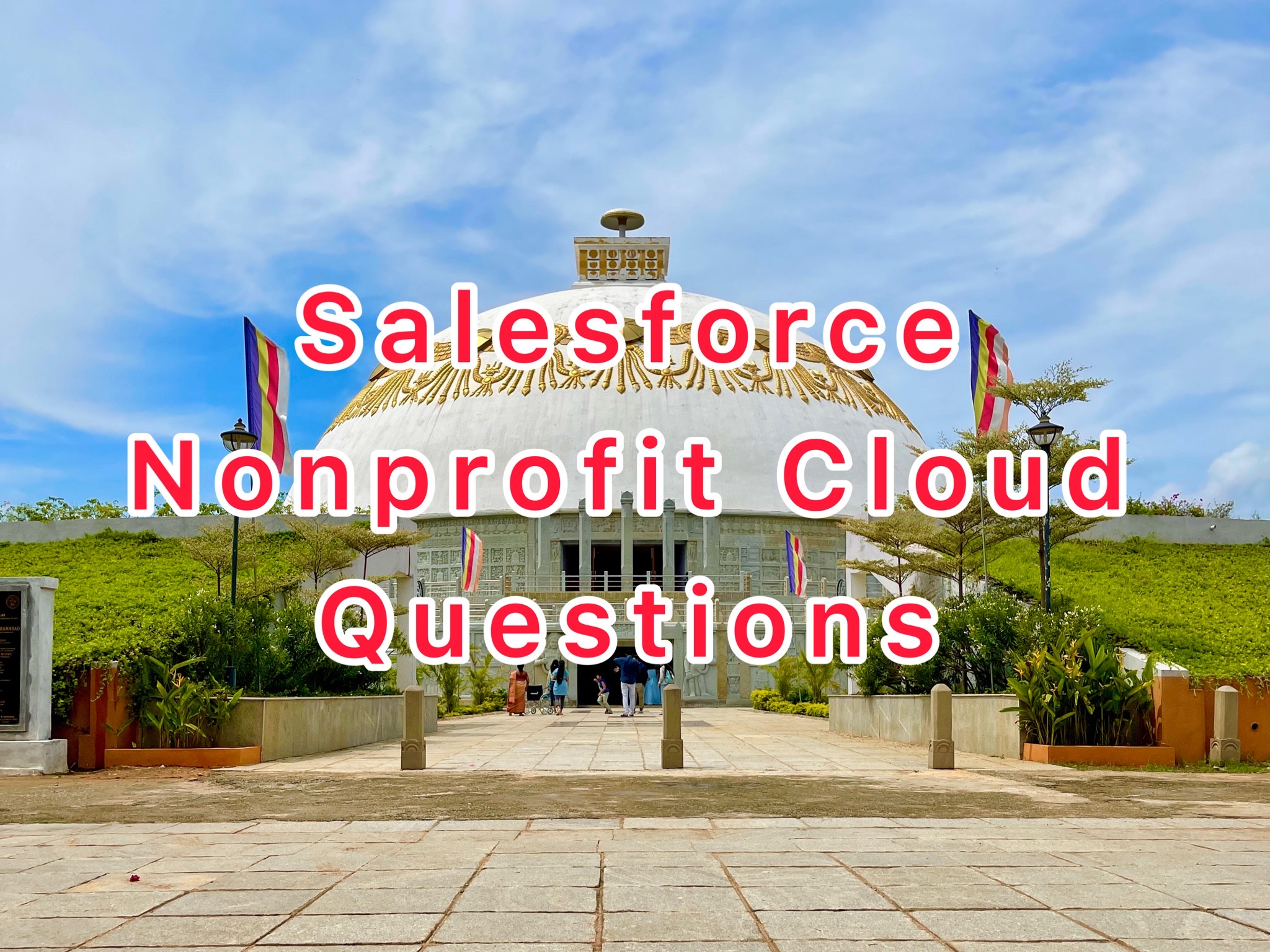Salesforce Solution & Technical Architect Interview Questions & Answers.
Q1. Tell us about yourself.
Take your time to introduce yourself. Tell about your education, prior work experience, hobbies interests, any certifications, patents or volunteer experience you may have.
Q2. Can you please explain about your current project?
Please explain your current project in detail. In case you have recently joined the project and, don’t have much contributions to the project then you can explain about any prior projects. The next few questions may be based on the project you explained.
Q3. What are your roles and responsibilities in your current company?
Explain your roles and responsibilities.
Q4. Why are you looking for a change?
Whether looking for better role, higher salary, visa sponsorship or relocating to a new city, you can explain your scenario.
Q5. What was the most challenging project you have worked yet? What were the challenges and how did you overcome those?
Explain the most challenging project you have worked. Project Challenges can be technical such as the project involved multiple complex integrations, organizational such as project involved multiple vendors with poor collaboration between them or tight budget/schedule.
Q6. A customer you are working for is planning to implement a feature. There are several AppExchange App which offer the required functionality. What is your recommendation when it comes to buying an App vs implementing a custom solution?
Q7. What is Salesforce Center of Excellence (COE) and what are its key responsibilities?
A Center of Excellence drives the execution of processes by which organizations identify, prioritize, assign, execute and communicate while optimally leveraging people, processes, knowledge, and technology.
Center of Excellence Key Responsibilities:
- Drive global or large multi-division projects
- Reduce deployment risk and raises quality of the release lifecycle
- Align business and IT operations
- Develop in-house salesforce.com expertise across different areas
- Drive the execution of processes by which organizations identify, prioritize, assign, execute and communicate while optimally leveraging knowledge, resources, and tools
Q8. A customer you are working for has been using Salesforce for more than 5 years. Recently some users have started complaining that some of the reports which used to work fine earlier have started timing out. What will be your approach to investigate the issue?
Large data volumes (LDV) can lead to sluggish performance, including slower queries, slower search and list views, and slower sandbox refreshing. You can avoid this predicament if you plan for accommodating LDV up front, designing your data model to build scalability in from the get-go.
There are three types of data skew that can occur and negatively affect performance:
- Account data skew – Too many child records associated with the same parent Account causes account data skew
- Ownership skew – When a large number of records with the same object type are owned by a single user, this imbalance causes ownership skew
- Lookup skew – Lookup skew happens when a very large number of records are associated with a single record in the lookup object

There are two approaches to resolve the Large Data Volume problem:
- Short Term Solution
- Use Query Optimizer to identify possible indexes
- Check possibility of Skinny Tables / Big Objects
- Eliminate Data Skew
- Long Term Solution
- Implement Data Archival Strategy
- Expose data using External Objects
Salesforce Solution & Technical Architect Interview Questions
Q9. A customer is already using Service Cloud and is planning to implement Financial Services Cloud. What will be your considerations for recommending Brownfield (upgrading existing Service Cloud org to Financial Services Cloud) versus Greenfield (implement a new Financial Services Cloud and migrate functionality from existing Service Cloud org) implementation approach.
| New Org (Greenfield) | Upgrade existing Org to FSC (Brownfield) |
|---|---|
| Date migration effort is not a concern | Lot of data in current org and want to minimize the data migration effort |
| Want to retire customizations | Have minor customizations |
| No AppExchange App implemented | Don’t want to reimplement the existing AppExchange Apps |
| Don’t want to impact end users in existing org | Implement FSC in multiple phases to minimize end user impact |
Q10. A new feature developed as a part of the current project started throwing “Apex CPU Time Limit Exceeded” error in full copy sandbox. What will be your approach to resolve the issue?
Q11. A customer you are working for has acquired another company which has multiple Salesforce orgs in multiple countries. The customer is planning to start an Org Consolidation initiative. What will be your recommendation for Org Consolidation?
There are three approaches to Org Consolidation
- One Org – Identify one of the existing org as primary and migrate data and functionality from rest of the orgs to the org identified as primary and let go other orgs.
- Centralized Model (Hub & Spoke) – Identify one org as the centralized org (Hub) and all other orgs are integrated to it. Key data will be synchronized between the orgs.
- Federated Model – Most orgs remain independent with on demand integration between the orgs to share necessary data. Identify opportunities to consolidate some of the less customized orgs.
Q12. Explain Salesforce Platform Integration Design Patterns.

- Remote Process Invocation – Request and Reply: Salesforce invokes a process on a remote system and the system then waits for a reply
- Remote Process Invocation – Fire and Forget: Salesforce invokes a process in a remote system but doesn’t wait for completion of the process
- Batch Data Synchronization – When data is updated in an external system or on the Salesforce Lightning Platform, the updates are reflected in either system. Updates are applied in a batch manner
- Remote Call-In – A remote system creates, retrieves, updates, or deletes data stored in Lightning Platform
- Data Virtualization – Salesforce accesses external data in real time
- High-Frequency Data Replication – A source system asynchronously replicates data to a target system in near–real time at high scale
- Publish/Subscribe – Salesforce will publish an event (such as a record created, changed, deleted, and so on) with no knowledge of who may be on the receiving end. Any number of subscribers listen for these events and process them accordingly
Q13. Compare roles and responsibilities of Salesforce Solution Architect and Technical Architect
Listed below are ten key differences between Solution Architect and Technical Architect in the Salesforce ecosystem:
- Focus: Solution Architects focus on the big picture, ensuring that a solution meets the business needs of a customer, while Technical Architects focus on the technical details of a solution.
- Scope: Solution Architects have a broader scope, including business requirements gathering, solution design, and project management, while Technical Architects focus more on the technical aspects of a project.
- Communication: Solution Architects communicate with both technical and non-technical stakeholders, while Technical Architects tend to communicate primarily with technical stakeholders.
- Skills: Solution Architects need strong communication, problem-solving, and project management skills, while Technical Architects need strong technical skills, such as expertise in programming languages and technical architecture.
- Expertise: Solution Architects are experts in Salesforce functionality and how to apply it to meet business needs, while Technical Architects are experts in technical architecture and how to design and implement complex solutions.
- Implementation: Solution Architects are typically not involved in the implementation of a solution, while Technical Architects are heavily involved in the implementation process.
- Collaboration: Solution Architects collaborate with a range of stakeholders, including business analysts, project managers, and developers, while Technical Architects primarily collaborate with developers.
- Change management: Solution Architects are responsible for change management, ensuring that changes to a solution are implemented effectively and with minimal disruption, while Technical Architects focus more on technical change management.
- Business impact: Solution Architects focus on delivering solutions that positively impact the business, while Technical Architects focus on delivering technically sound solutions that meet industry best practices.
- Project ownership: Solution Architects often own the project from start to finish, while Technical Architects may own only the technical aspects of a project.
Additional Resources
- Questions Asked in Every Interview (Leeds School of Business)
- Behavioral-Based Interview Questions (Leeds School of Business)
- Questions to Ask the Employer (Leeds School of Business)
- Salesforce Architects Site
I will be updating this article soon. Please come back for more Salesforce Solution & Technical Architect Interview Questions.
Recommended Articles













